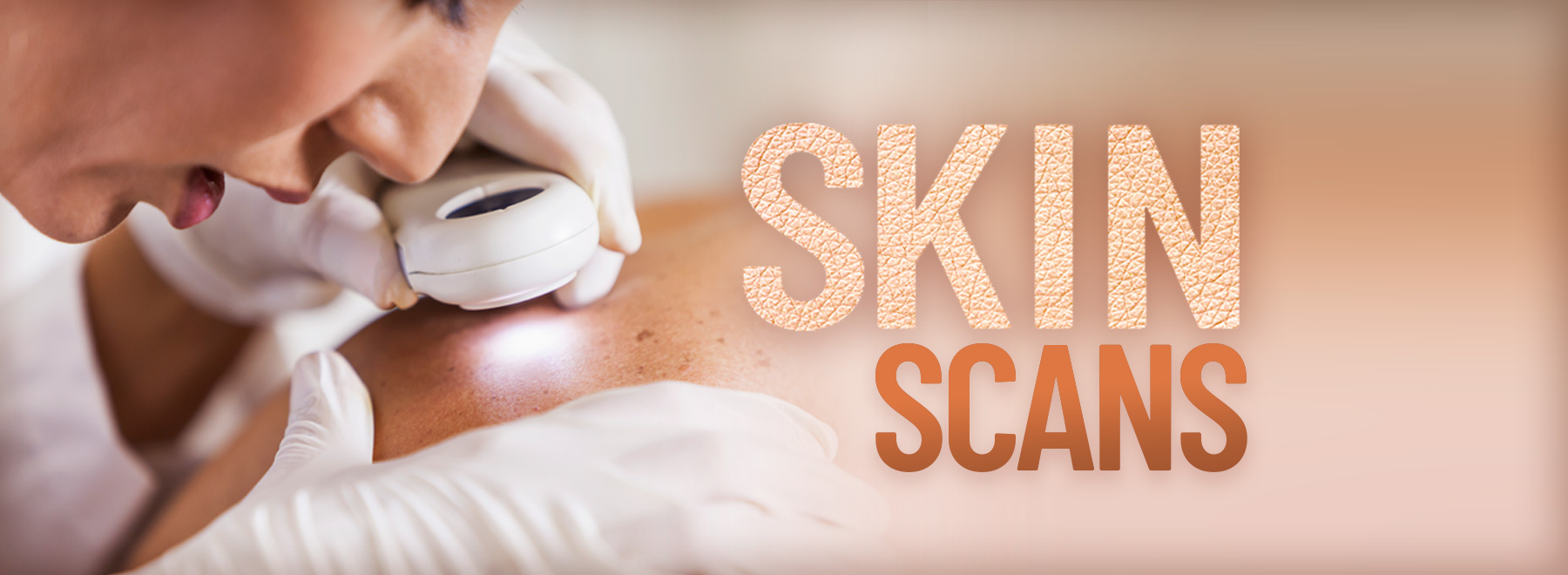Love your lesions, but watch for changes, dermatologists say
Lesions on the skin can be a mark of character or an unsightly hindrance to a smooth shave, depending on one’s perspective. More often than not, they’re just harmless identifiers of who we are.
Moles, warts and skin tags are easily distinguished by dermatologists who determine the likelihood any of them will become more than just a facial or bodily feature.

“Moles are common anywhere on the body and, although often benign, do have the potential to become a melanoma, a form of skin cancer,” said Dr. Jeremy Jackson, professor and chair of dermatology. “Benign moles generally don’t need treatment, but if one changes color from brown to something else, have it evaluated by a dermatologist.”
Skin tags, which can range in size from a barely-there nodule on the neck to a hanging, pointy dart in the folds of a person’s neck, forehead, armpit, abdominal or facial regions, can be fleshy or brown and extend from the skin on a thin base.
“What happens most often with those is they’re often irritated by a person’s clothes or jewelry rubbing them,” Jackson said. “In those cases, they can be removed by cryotherapy (liquid nitrogen) or a snip excision in a clinic setting.”
Warts are caused by versions of the human papillomavirus that cause benign, often hard growths on the hands, knees or feet. They are rough on the surface and can feature small, black dots, or “seeds” on the lesion.
“Those represent blood vessels just beneath the surface of the wart,” Jackson said. Topical solutions containing salicylic acid found over-the-counter in drugstores can work to get rid of them, as does prescription medications such as imiquimod and laser therapy. A vaccine is available to help protect against the types of HPV that cause genital warts.
None are inherently harmful, though when the looks of any of them reach a certain appearance, a biopsy can confirm both melanoma and nonmelanoma skin cancers.
“Nonmelanoma are more common and grouped into basal cell carcinoma and squamous cell carcinoma,” Jackson said. “Basal cell presents typically as a bump or pimple that doesn’t heal and bleeds easily. Squamous usually presents as a red, scaly papule on sun-exposed areas, such as the face, scalp and arms.”
Heredity plays a part in the number of moles seen on the body as well as the risk of developing a more serious form of skin cancer. Too much fun in the sun without protection can increase the risk, especially for certain skin types.
“It can be influenced by ultraviolet light exposure and/or a history of bad sunburns,” said Dr. Chelsea Mockbee, associate professor in dermatology. “And people with lighter skin are more susceptible to this type of sun damage as compared to darker skin types.”
Factors to watch out for when it comes to monitoring any lesions involve changes in shape, size, color and rate of change if any.
“If you see a mark, mole or other form of lesion that doesn’t appear to be healing or changing in a way that’s puzzling, it’s time to consult a physician,” Jackson said.
To make an appointment with dermatology specialists at UMMC, contact 601-815-3374 or make an appointment online.
The above article appears in CONSULT, UMMC’s monthly e-newsletter sharing news about cutting-edge clinical and health science education advances and innovative biomedical research at the Medical Center and giving you tips and suggestions on how you and the people you love can live a healthier life. Click here and enter your email address to receive CONSULT free of charge. You may cancel at any time.



